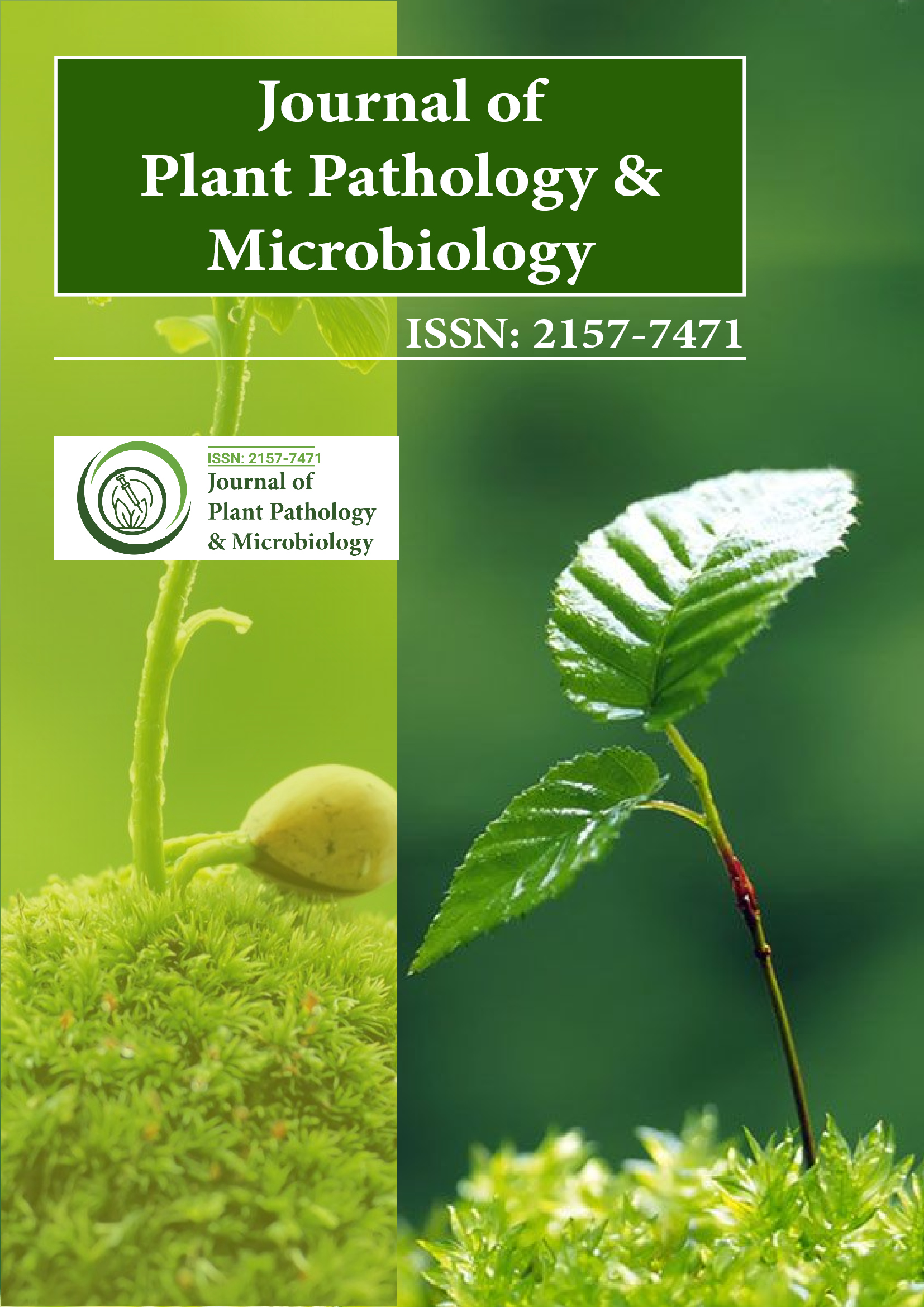Indexé dans
- Ouvrir la porte J
- Genamics JournalSeek
- Clés académiques
- JournalTOCs
- CiteFactor
- Répertoire des périodiques d'Ulrich
- Accès à la recherche mondiale en ligne sur l'agriculture (AGORA)
- Bibliothèque des revues électroniques
- Centre international pour l'agriculture et les biosciences (CABI)
- RechercheRef
- Répertoire d'indexation des revues de recherche (DRJI)
- Université Hamdard
- EBSCO AZ
- OCLC - WorldCat
- érudit
- Catalogue en ligne SWB
- Bibliothèque virtuelle de biologie (vifabio)
- Publions
- Fondation genevoise pour la formation et la recherche médicales
- Pub européen
- Google Scholar
Liens utiles
Partager cette page
Dépliant de journal

Revues en libre accès
- Agriculture et aquaculture
- Alimentation et nutrition
- Biochimie
- Bioinformatique et biologie des systèmes
- Business & Management
- Chimie
- Génétique et biologie moléculaire
- Immunologie & Microbiologie
- Ingénierie
- La science des matériaux
- Neurosciences & Psychologie
- Science générale
- Sciences cliniques
- Sciences environnementales
- Sciences médicales
- Sciences pharmaceutiques
- Sciences vétérinaires
- Soins infirmiers et soins de santé
Abstrait
Conservation des graines alimentaires d'Arachis Hypogea L. par l'huile essentielle de Cuminumcyminum L.
Narendra Kumar
Des échantillons de graines d'arachide ont été prélevés dans les magasins et examinés pour leur mycoflore et leurs insectes associés. Quinze espèces de champignons ont été identifiées par la méthode du buvard et 12 espèces de champignons par la méthode de la plaque d'agar. Les constituants volatils extraits in vitro sous forme d'huiles essentielles de 32 espèces de plantes ont été évalués contre les champignons dominants, Aspergillus flavus et Aspergillus niger. Les 2 fongicides commerciaux ont été évalués pour leur activité antifongique contre tous les champignons isolés. L'huile de Cuminumcyminum (Apiaceae) a montré la plus grande toxicité.
Français L'huile s'est avérée fongicide et thermostable à sa concentration minimale inhibitrice (CMI) de 400 ppm. L'huile a été caractérisée par la détermination de ses diverses propriétés physico-chimiques. Des études in vivo montrent que l'huile en tant qu'agent de traitement des semences et en tant que fumigant était capable de conserver complètement les graines d'arachide pendant 6 mois à 0,50 et 0,76 ml dans des récipients d'une capacité de 500 ml contenant 400 g de graines avec des changements minimes dans le comportement organoleptique des graines alimentaires pendant le stockage. Elle n'a montré aucun effet indésirable sur la germination des graines, la croissance des plantules et la santé générale et la morphologie des plantes. L'analyse GC et GC-MS de l'huile a révélé la reconnaissance du p-mentha-1, 4-diène-7-al (27,4 %), du γ-terpinène (12,8 %), du β-pinène (11,4 %) et du cuminaldéhyde (16,1 %) comme composés majeurs.